Some External Factors that Are Important for Plant Pollination
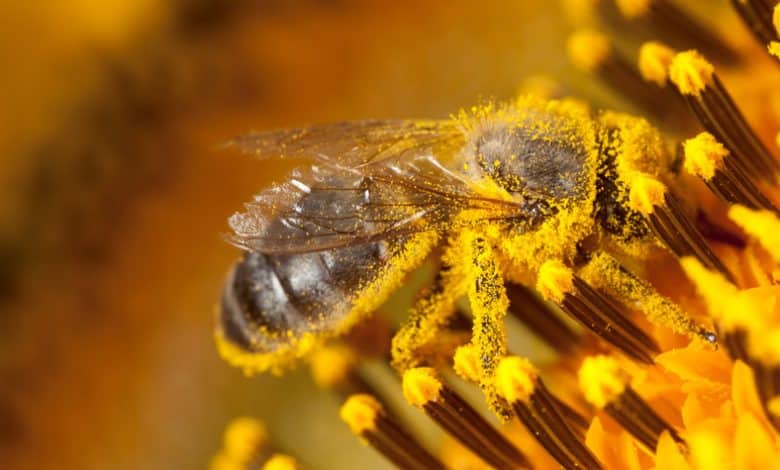
Factors Are Important for Plant Pollination
Impact of the Weather
Below 50°F and over 100°F, honey bee flying is significantly limited. their activity is reduced by winds up to 15 mph, while bees become dormant with winds between 21 and 25 mph. Flights are significantly fewer during storms, chilly, gloomy weather, and ominous skies. In warm, clear conditions, pollination happens quite quickly.
Plants are adversely impacted by bad weather as well. Flowers can be killed by springtime frost, however temperatures between 40 and 50 °F slow down pollen germination and pollen tube development.
The mound dries off because to the hot, dry, and windy weather, which stops pollen from germinating.
see pollen details here.
The Benefits of Stable Colonies
A colony of bees can include anywhere from a few hundred to 65,000 bees. For businesses, it’s crucial that the hive contains a sufficient number of bees to sustain the best possible colony morale and the maximum honey flow. One of the factors that best demonstrates a colony’s capacity for pollination is the number of broods it has.

Putting Colonies at the Right Place at the Right Time
It is crucial for successful pollination that the colonies arrive at the plants’ location at the ideal moment.
Several Important Plants that Bees Pollinate
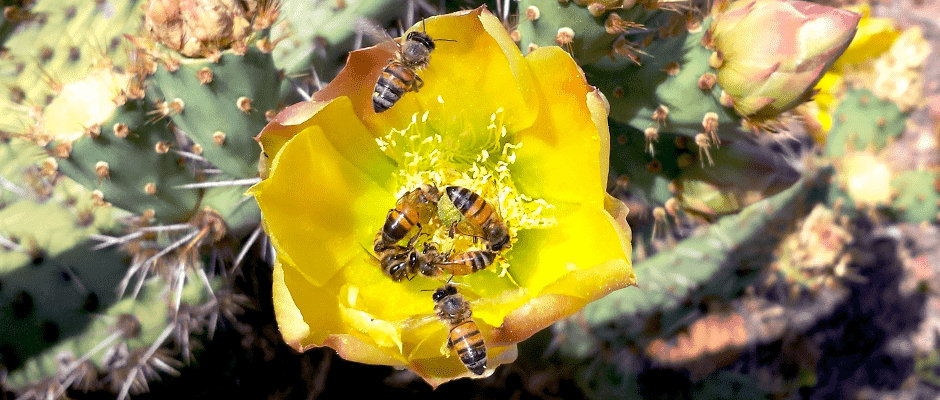
Apple
The majority of weather conditions support apple growth. A sufficient number of pollinators should be evenly dispersed throughout the orchard in a well-planned setting. In apple orchards, it is often necessary to utilize one colony per acre.
Pear
Honeybees primarily visit pears blooms for the pollen. Low levels of sugar are present in the pear plant’s nectar. The first few days after the colonies are planted in the pear orchard, the bees focus heavily on the pear before moving on to other plants in the area. It should be positioned with two colonies per acre in the early morning hours because of this.
Plum
This plant has independent fruit production. For pollination, one colony per acre is adequate.
Peach
The majority of commercial cultivars are self-fruitful. The bloom is particularly alluring to bees, thus one colony will cover an acre.
Almond
Most commercial types are self-fruitful. Due of the flower’s high level of bee appeal, one colony will cover an acre.
Orange
It has a wide variety of species. Bees are attracted to its blossoms, and its honey is among the best. It is challenging to determine the importance of bees in their pollination since they have a tendency to parthenocarpy in specific environmental conditions. For efficient pollination, 3 colonies per acre are sufficient.
Blueberry
Bees like bumblebees and other similar bees pollinate some of it. Per acre, 2–5 colonies are utilized.
Strawberry
The majority of types are self-fruitful. Adding more bee pollination resulted in only a slight improvement in yield. While many bee species visit strawberry blooms for nectar and pollen, bees are less attracted to these blossoms than other flowers. The majority of producers use one colony per acre.
Blackberries
While cultivated species procreate through self-fertilization, some wild species require cross-pollination. These plants draw bees primarily for their nectar.
Alfalfa
To obtain commercially significant seeds from this plant, cross-pollination with certain bee species is highly crucial. The bee enters the flower forcibly, and while there, the anther transfers pollen to it, and the bee visits another flower to cross-pollinate it. For pollination, 4-5 colonies per acre are sufficient.
Agave
is a plant that bees find both its nectar and pollen to be particularly alluring. Honey bees pollinate it primarily, and the resulting honey is of excellent quality.
Cucumber
Particularly honey bees are responsible for pollination. With just one colony of bees per 3–4 acres, pollination can be accomplished with a very small number of bees.
Melon
has nectar and pollen in its blossoms that draw honey bees to it. The fruit must finish pollinating in order to reach market size. Recommended density is one colony per acre.
Watermelon
A flower’s actual lifespan is one day, and the majority of variations are monoic. Bees fertilize the plant because the pollen is sticky and heavy. Per acre, one colony is utilized.
Carrot
Cross-pollination and self-pollination both occur in some types. Various insects and the wind can pollinate plants, but bees are necessary for higher yields.
Sunflower
Bees are very helpful in pollinating sunflowers. It is common knowledge that seeds pollinated by bees and sunflower seeds produce more oil. The rate of product growth after bee pollination can be up to ten times higher.
Beans
The needs for pollination have not been thoroughly investigated. Most of them pollinate by cross pollination.
Soy
There are numerous variations of it. The generation of hybrids on a big scale required ineffective pollination techniques. Utilizing bees for cross-pollination is the problem’s answer.
The cost of pollination

The amount of food produced must be sufficient to meet the demands of the expanding population. Because of this, it is crucial to develop a thriving beekeeping sector and to save the wild bees, which may or may not produce honey. Beekeepers have more options to profit from their hives of bees when they specialize in pollination as a business. Beekeepers can be effective in a region’s honey production in addition to helping with pollination for the creation of goods there.
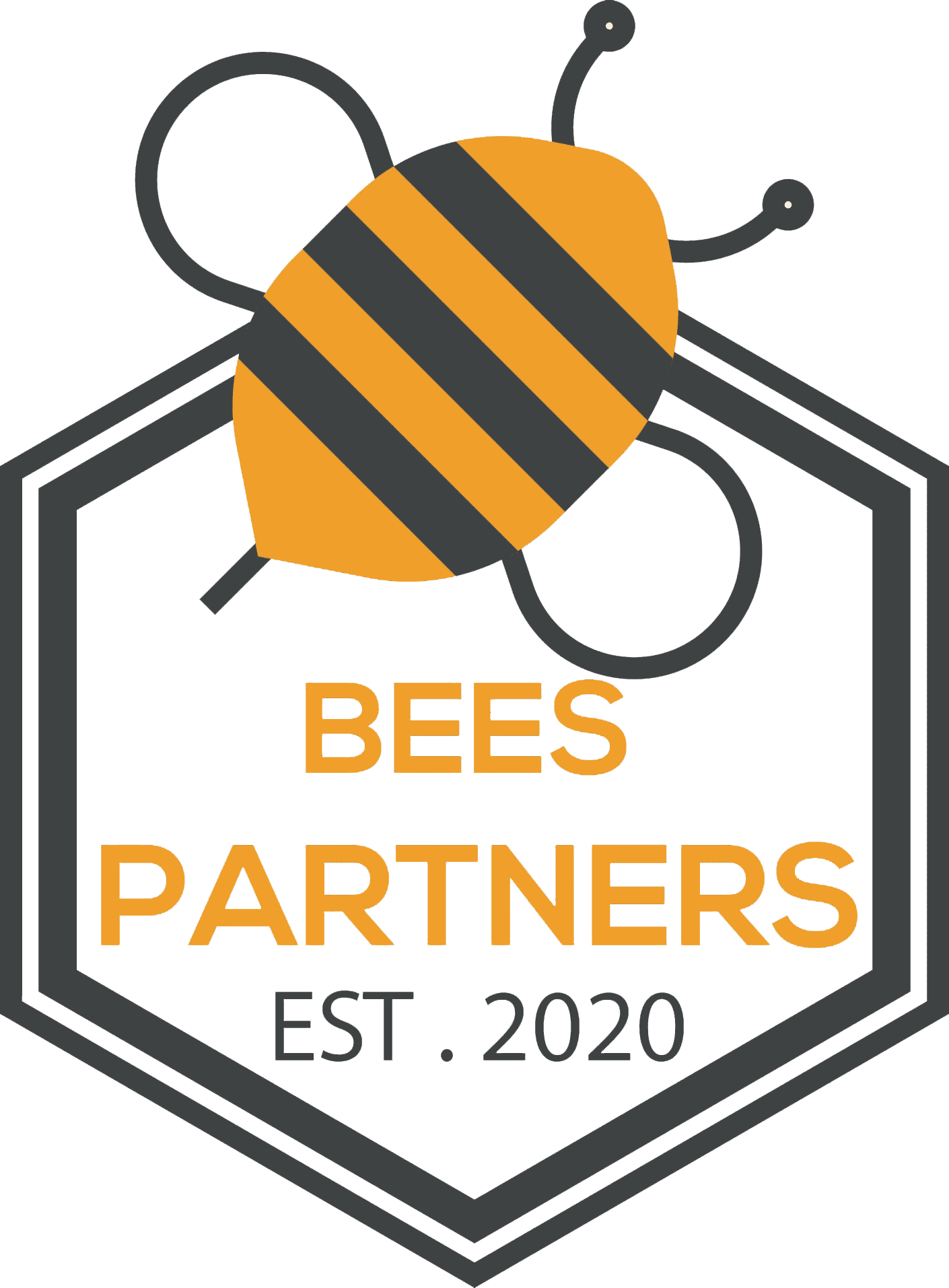

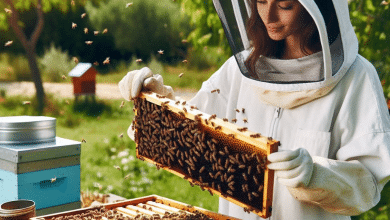
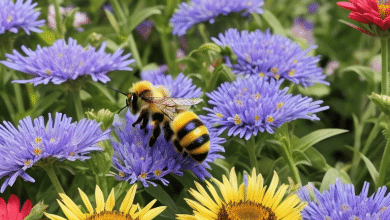
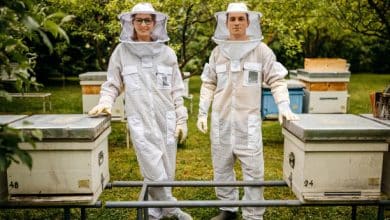
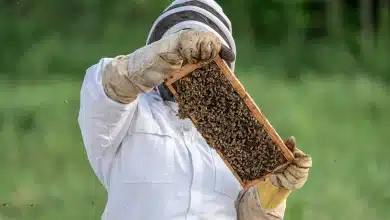
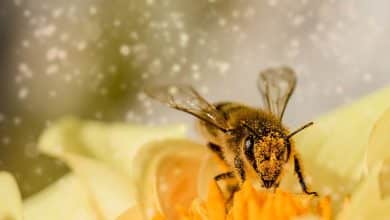
Awesome post.